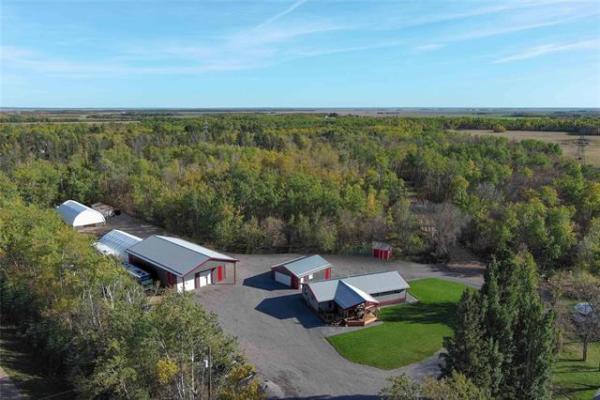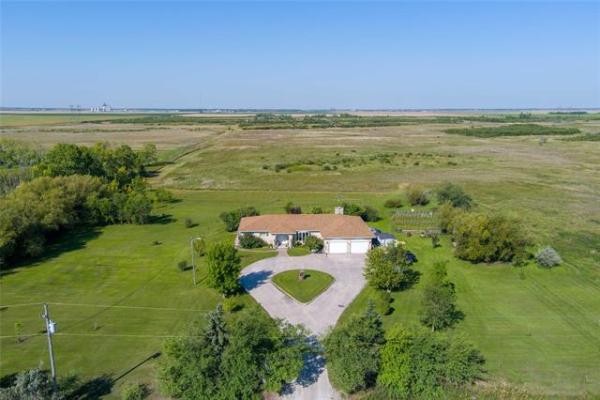Question: A while ago, I removed the top section of my B-vent chimney that goes through the roof. I then insulated and capped the remaining B-vent in the attic below the roof line, patched up the roof and shingles.
Does the B-vent section contain asbestos insulation between the twin walls? I ask because some white powder, similar in texture to sawdust created by a table saw, fell out through some rust holes near the top of the B-vent section I took down. My house was built in 1965. So, do I have hazardous material and if so, how do I dispose of one section of B-vent?
Looking forward to your reply.
Regards, D. Gee.
Answer: Disposing of a hazardous material like asbestos does take some extra precautions, but it is doubtful your small length of old chimney piping will cause much grief. It is very unlikely that it does contain asbestos, but only laboratory testing may be able to determine whether the white powder, or any contents inside the pipe, may be suspect. That process is somewhat costly and proper disposal may be done safely and more easily by a trip to the local landfill facility.
Many furnaces in homes built in the late 1960’s to 90’s were installed with double-walled B-vent piping for their chimneys. Some of these were encased in rectangular metal boxes above the roof, or other forms of built-on-site chases. Many were left uncovered with a metal flashing sealing the exit area through the roof. Most of these pipes had a galvanized steel outer pipe, which made them quite resistant to deterioration from corrosion, even in exterior conditions. Most use the empty airspace between the inner and outer layers for insulation, allowing the piping to be installed with minimal clearance to combustible materials.
Because the majority of B-vents had nothing in the cavity between the two layers, it is highly unlikely that there is any asbestos-containing insulation inside your old vent. The white powder may be simple corrosion from the inner metal pipe, or the joints in between individual sections. You have described visible rust on the outside of the vent, which would allow oxygen and moisture to penetrate to the otherwise sealed cavity or inner pipe. The inner pipe may contain other metals, especially aluminum, which may account for the whitish powder. Aluminum corrosion is sometimes hard to see, as it often clings to the surface. But, in some cases, it will be noticeable in flakes or powder form, which is typically a grey or whitish substance. That is likely what you have observed, mistakenly thinking it was asbestos.
In doing some research, the only vent piping containing asbestos that I could find for residential heating systems was used in the 1950’s. This material called “Transite” was a cement-asbestos pipe and appears to have been used primarily in the United States. It is visibly different from other B-vents, as it does not look like metal. It appears to have been discontinued from use due to common deterioration and collapse of the inner sections. When that occurred, the inside diameter of the pipe would decrease in size, causing serious safety concerns. Since your home was built in the mid 60’s, and because your vent is obviously metal, there is no chance it is a Transite pipe.
Due to the above factors, there should be little concern with any hazardous material being contained within your older B-vent. After knowing this, if you still feel compelled to rule out any asbestos-related issues with disposal, you may be able to test the white powder, if you have sufficient quantity. If you can collect a large enough sample, you could put it into a well-sealed zip-lock bag and take it to a testing laboratory for analysis. There are a few in our area that do asbestos testing and identification and they have a fairly quick turn around time. There is a moderate cost for this service, and it is likely money that you should not have to spend, in this case.
Disposing of a small section of metal B-Vent may be as simple as driving to the Brady landfill, or one of the satellite collection depots, and placing it in the appropriate collection bin for metals. There should be no cost associated with disposal from your own home and the modern “dump” facilities are excellent. There is no longer any need to drive long distances over debris-containing dirt roads, risking nail punctures to your car tires. You may even have some other recyclable materials, such as unused electronics, that could be dropped off at the same time. For more information, check out the City of Winnipeg website before venturing out with the old piping.
There is little chance that your older, double-walled metal furnace vent pipe contains asbestos, which would require special precautions for disposal. A simple trip to the local modern landfill, or associated depot, should be all that is required to properly get rid of the unused old chimney sections.
Ari Marantz is the owner of Trained Eye Home Inspection Ltd. and a Registered Home Inspector (RHI)(cahpi.ca). Questions can be emailed to the address below. Ari can be reached at 204-291-5358 or check out his website at trainedeye.ca.
trainedeye@iname.com



